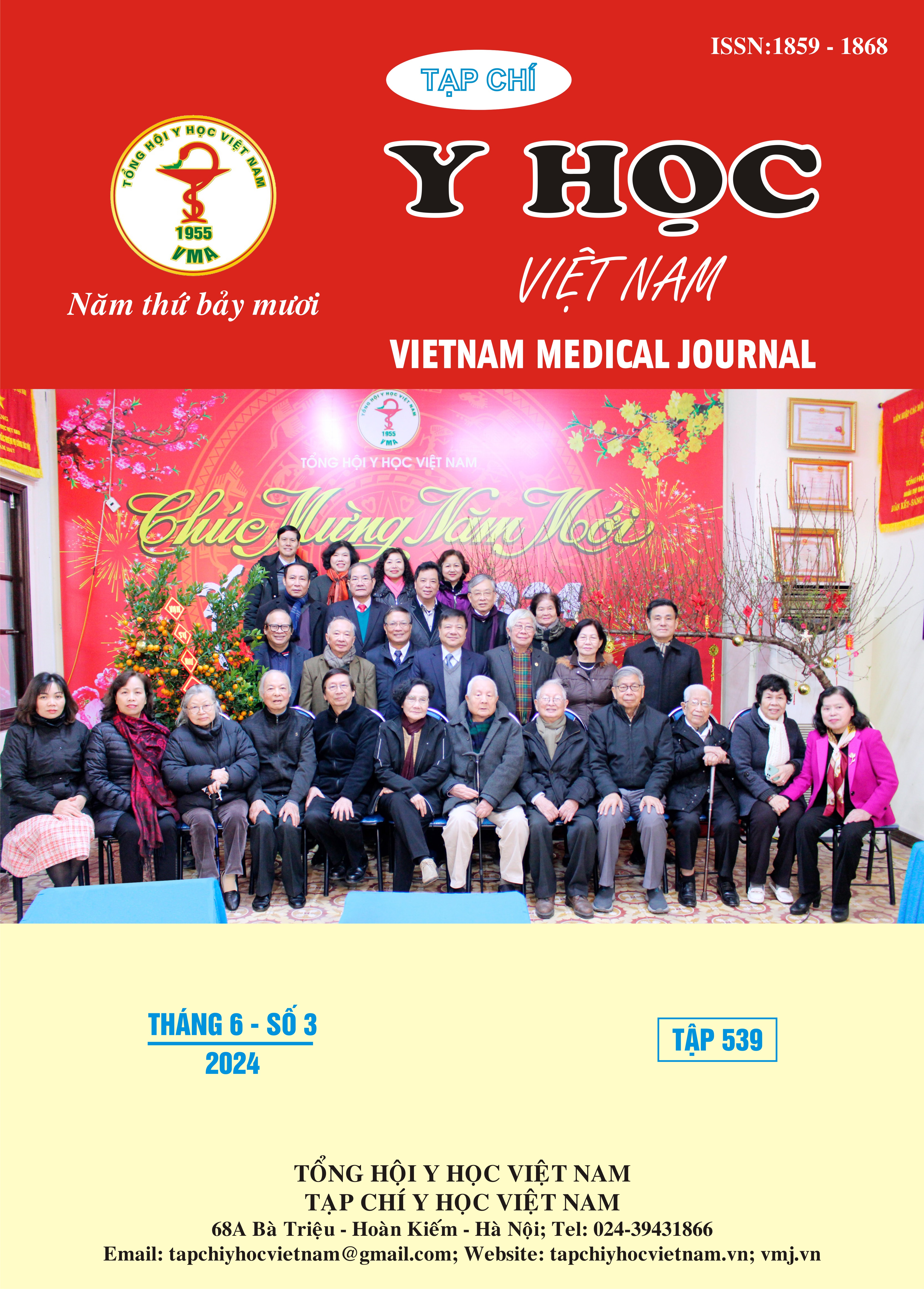ANNUAL SURVEILLANCE REPORTS ON BACTERIAL IDENTIFICATION AND ANTIMICROBIAL RESISTANCE IN YEAR 2022 AT TAM TRI SAI GON PRIVATE GENERAL HOSPITAL, HCMC
Main Article Content
Abstract
Aims: Evaluation on the bacterial identification for specimens and antibiotic response of bacteria in year 2022 at Tam Tri Sai Gon General Private Hospital. Methods: Retrospective study on 400 specimens for bacterial identification and on 99 positive bacteria with antibiotic sensitivity test results in year 2022. Results: The overall positive bacterial identification rate is 24.75% (99/400). The highest rate recorded in exudate fluid/pus (79.8%), the lowest one in stool specimen (7.69%). The Klebsiella spp. bacteria (52.7%) was commonly in sputum, Staphylococcus aures (46.15%) in exudate/pus, E. coli (40%) in urine, Staphylococcus aures (42.86%) in blood culture. Rank order of the incidence from highest to lowest was Klebsiella spp. (1st, n=23), S. aureus (2nd, n=16), M. tuberculosis (3rd, n=15), E. coli (4th, n=14), Beta-hemolytic Streptococci not group A (4th, n=14), and Staphylococcus spp. coagulase (-) (5th, n=7). Klebsiella spp. (ESBL+) had 3 antibiotics, sensitivity rate >87.5%, as colistin, fosfomycin and polymycin B, and Amikacin (62.5%). E.coli (ESBL+) had 3 antibiotics, sensitivity rate 75%, as Amikacin, Colistin and Netilmicin. S. aureus and Staphylococcus coagulase (-) were only sensitive with Netilmicin, Ticarcillin/Clavulanic acid and Vancomycin. For Pseudomonas aeruginosae had only 2 sensitive antibiotics, as Colistin and Polymycin B. Beta-hemolytic Streptococci not group A was sensitive with many antibiotics including Amox/Clavulanic acid (100%). The experimental antibiotics were proposed as: Amikacin for Gram(-), Vancomycin for S. aureus, and Amox/Clavulanic for Hemolytic Strep. Not group A. Conclusion: It is necessary to perform the bacterial identification and antibiotic sensitivity test per annual to follow-up the change in bacterial variation and the bacterial sensitivity against antibiotics in each particular hospital with function of treatment of bacterial infections.
Article Details
Keywords
bacteria, bacterial identification, antibiotic sensitivity tests
References
2. Antimicrobial resistance surveillance in Europe. ISBN 97-892-890-5853-7. doi: 10.2900/63495
3. Antimicrobial Resistance Research and Surveillance Network. January 2020 to December 2020. Indian Council od Medical Research.
4. Antimicrobial Resistance Surveillance Program 2022 Annual Report. Philippines. https://arsp.com.ph/


